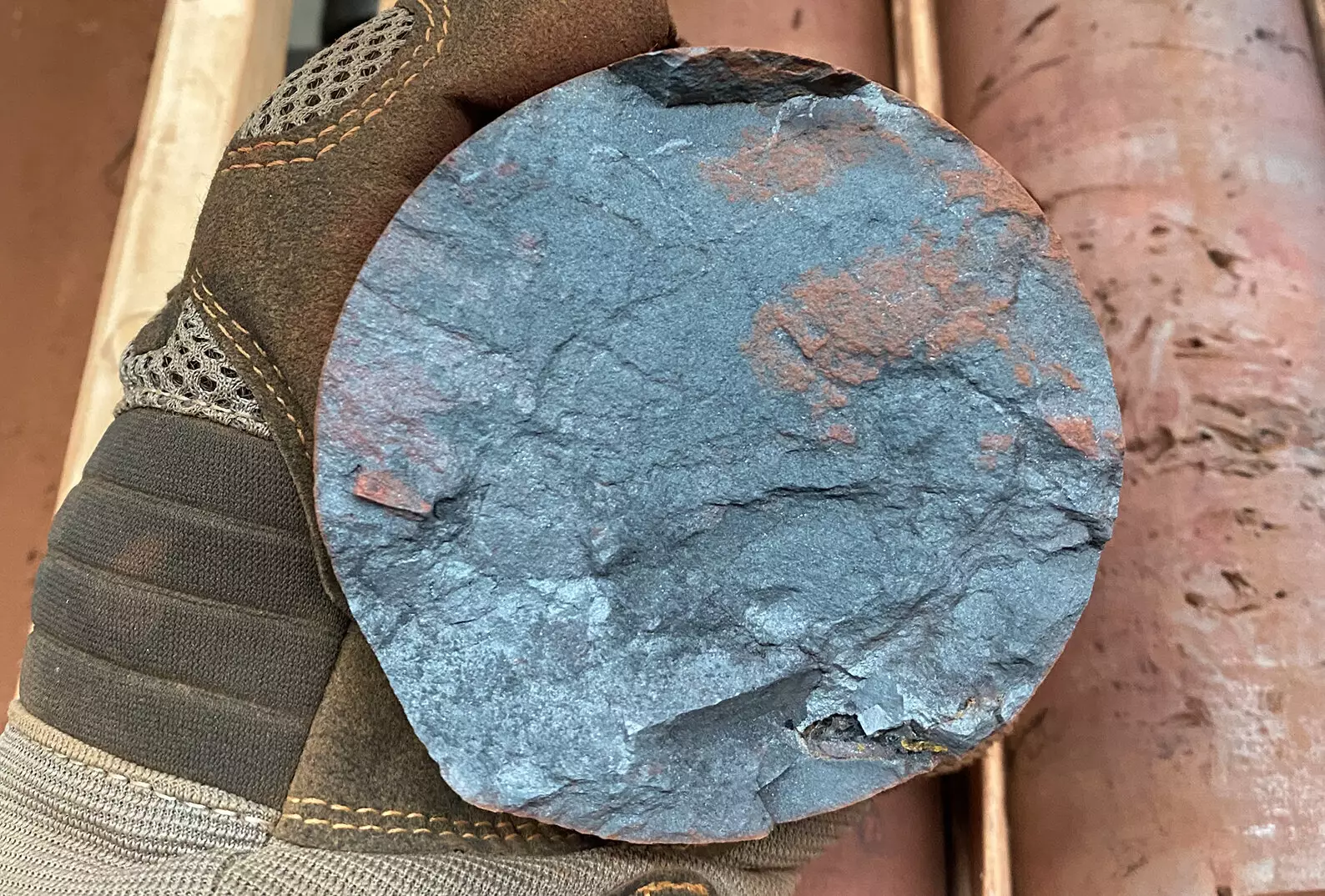Recent research spearheaded by Curtin University has profoundly reshaped our understanding of the iron ore deposits located in the Hamersley Province of Western Australia. For decades, the age of these deposits was estimated to be around 2.2 billion years, but groundbreaking advancements in geochronology have revealed that they are, in fact, approximately 1.4 to 1.1 billion years old. This revelation does not merely refine our geological timeline; it effectively elevates Western Australia’s position as a premier destination for future mineral exploration.
The implications of this finding are substantial. Historically, mining ventures have been predicated on antiquated timelines that failed to consider the dynamic geologic processes influencing mineral formation. As lead author Dr. Liam Courtney-Davies noted, the evolution of these deposits coincides with periods characterized by intense tectonic shifts, where venerable supercontinents fragmented, fostering conditions conducive to the development of iron-rich rocks replete across the Pilbara landscape. This redefinition of geological dating not only enhances our historical narrative but also opens new frontiers in mining prospects.
New Technologies, New Discoveries
The innovative geochronology techniques employed by the research team harness uranium and lead isotope analysis within mineral grains to achieve remarkably precise ages for the iron oxide minerals in question. Unlike traditional dating methods, this approach allows scientists to unveil the intricacies of banded iron formations (BIFs), which are nuanced geological recorders of Earth’s formative epochs. Such technological advancements provide clarity regarding the transitions from iron formations originally containing 30% iron to the more concentrated deposits that currently exceed 60%.
As Associate Professor Martin Danišík pointed out, recognizing this timeline has been critical for piecing together how the world’s largest iron ore deposits came into being. This research underscores the link between metalliferous mineralization and the tectonic events that shape our planet’s crust, offering critical insights for geologists and mining corporations alike.
The Economic Implications of the Findings
Australia’s iron ore industry is currently a behemoth, bringing in a staggering $131 billion in export earnings in the previous financial year. The knowledge gleaned from this research could potentially amplify these figures, propelling new exploration toward previously overlooked areas which are now deemed more promising. With iron ore being a linchpin in global steel production, the economic stakes couldn’t be higher. This discovery may not only impact local economies but can also influence global market dynamics, given the vital role Australia plays in iron ore supply chains.
Collaboration with institutions such as The University of Western Australia, Rio Tinto, and CSIRO Mineral Resources underlines the cooperative spirit essential in advancing such transformative research. As we embrace these findings, it becomes clear that a reevaluation of both current locations and exploration strategies is paramount for maximizing the output from these existing reserves.
Ultimately, the research conducted by Curtin University and its partners heralds a new era of understanding in geosciences, with implications spanning both academic inquiry and economic viability. In a world increasingly reliant on mineral resources, this recalibrated perspective on iron ore deposits reveals not only their geological significance but also the myriad possibilities that lie ahead in resource exploration and development.

